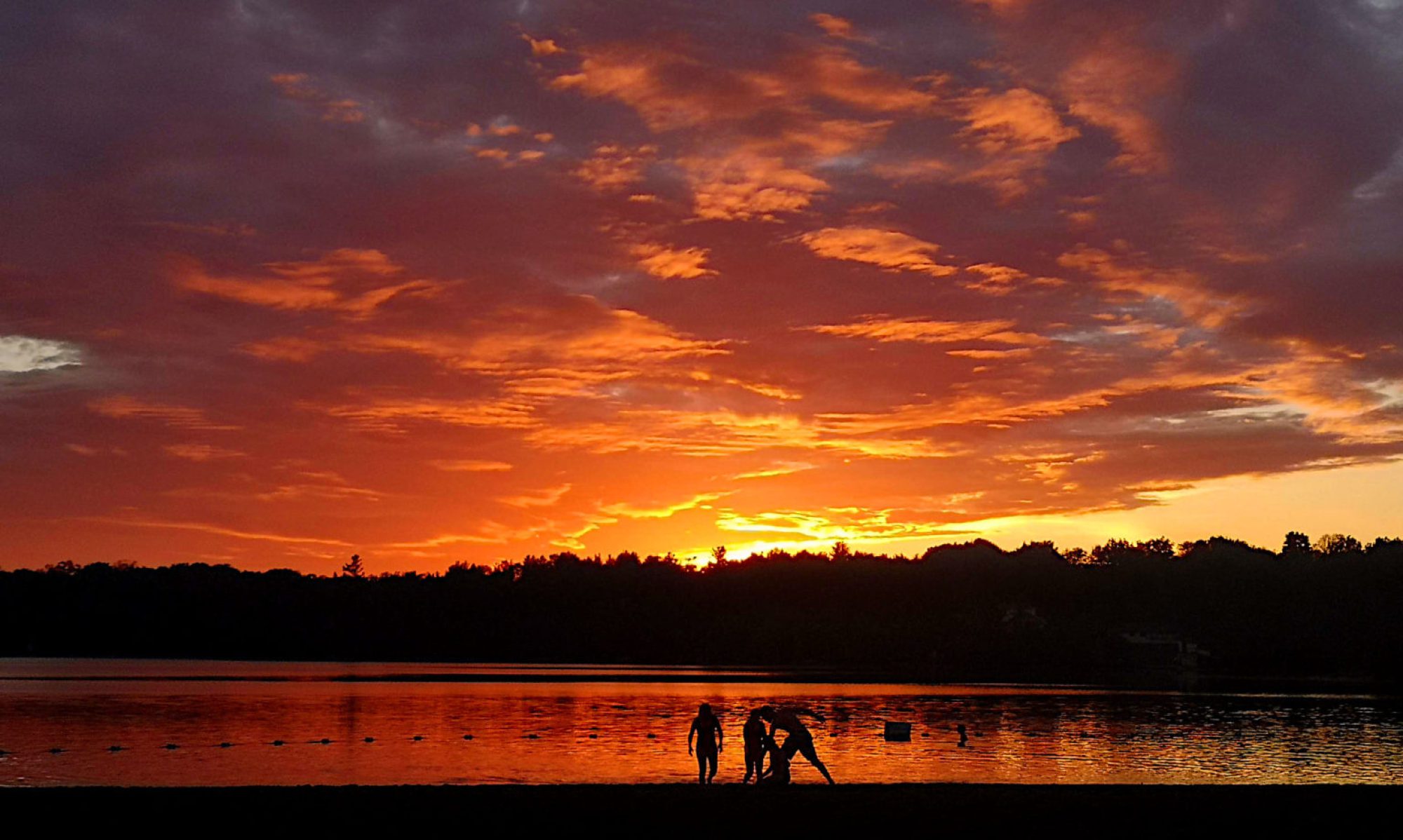Note: This is a version of my personal newsletter, which I send out via Ghost, the open-source publishing platform. You can see other issues and sign up here.
Peter Schjeldahl, a poet who was also the longtime art critic for the New Yorker, died recently at the age of 80. He wrote a piece called “The Art of Dying” in 2019, after he was diagnosed with lung cancer. “Why me? Why not me?,” he wrote. “Dying is my turn to survey life from its far—now near—shore. Like a camera situated nowhere and taking in every last detail of the pulsating world. God creeps in. Human minds are the universe’s only instruments for reflecting on itself. The fact of our existence suggests a cosmic approval of it. We may be accidents of matter and energy, but we can’t help circling back to the sense of a meaning that is unaccountable by the application of what we know.”

She’s the only woman working in a remote oil-drilling camp. This is her story
When Cindy Marchello walks onto an all-male oilfield fracking site, if you don’t notice her, you’ll likely hear her voice. “What are you looking at?” she’ll yell at a male worker if he stares at her for longer than she likes, “I’m old enough to be your mom!” If that doesn’t work, she’ll ask, “What’s your wife’s name?” while hacking up a wad of saliva and spitting it at him. If the man keeps looking, she’ll threaten to throw rocks. Marchello is a short, 56-year-old grandmother with wispy blond and gray hair, pale skin with rosy cheeks, and a curvy figure. She once visited a dusty well-drilling site surrounded by cornfields and heard a man’s voice hollering over the loudspeaker: “Woman on location, woman on location.”

Refugees share the things they brought to remind them of home
If you had to leave the country where you were born and raised, what would you bring with you as you begin a new life in a strange place? Perhaps there is something that is not essential and yet in a way is just that, something to help you remember your roots and keep a touch of home in your new dwelling place. It could be a physical object, or perhaps something intangible that you carry in your heart and soul. The photojournalists of NPR’s The Everyday Projects interviewed and photographed eight refugees from different parts of the globe. Here are their stories — and the stories of the cherished objects they chose.

After surviving a high-school shooting, he was “an empty shell”
Keegan Gregory loved his first high school diving practice so much that choosing a swimsuit for the next one took on outsized importance, like picking an outfit for the first day of school. This is what I’ll wear. This is who I’ll be. He stuffed all three of his Speedos into his backpack, along with his laptop and school supplies and a winter coat he borrowed from his mom, and decided he would choose a swimsuit before practice later. Later never came. Keegan had texted his family to let them know he had survived. But when he came home that afternoon, his parents looked into his eyes and still didn’t see him. Meghan says her boy was “an empty shell.” Chad says he was “stone. Absolute stone. There was no emotion.”

Here’s how – and why – cities developed playgrounds for children
The Metropolitan Public Garden, Boulevard and Playground Association started promoting and creating children’s public gymnasiums in London in the 1880s. The group created a number of children’s gardens, equipped with gymnastic apparatus, in an effort to encourage children to take part in physical exercise and to interact with plants and flowers. However, its activities were motivated less by an innate concern for children’s needs and more by the perceived impact of urban life on the strength and vigour of the working classes. It was thought that providing facilities for physical exercise would ensure that poor children developed into strong adults who could serve the British Empire as workers.

Temple raiding was a big business even in ancient Egypt
We often think of tomb raiders as being relatively modern Indiana Jones types, but an expert in ancient Egypt writes that temple robbing was widespread not long after the temples were built: “In the raid-based economy that coalesced in the reign of Ramses IX, thieves and their accomplices had the most tradable goods, while the go-betweens (traders, shopkeepers, and traveling salesmen) profited from inflated prices placed on items purchased with stolen goods,” she writes. “The black market became a feature of daily life, where booty was bartered for basic needs, like food, clothes, and parties replete with honeyed wine, but also, ironically, for the equipment people desired for their own burials.”

